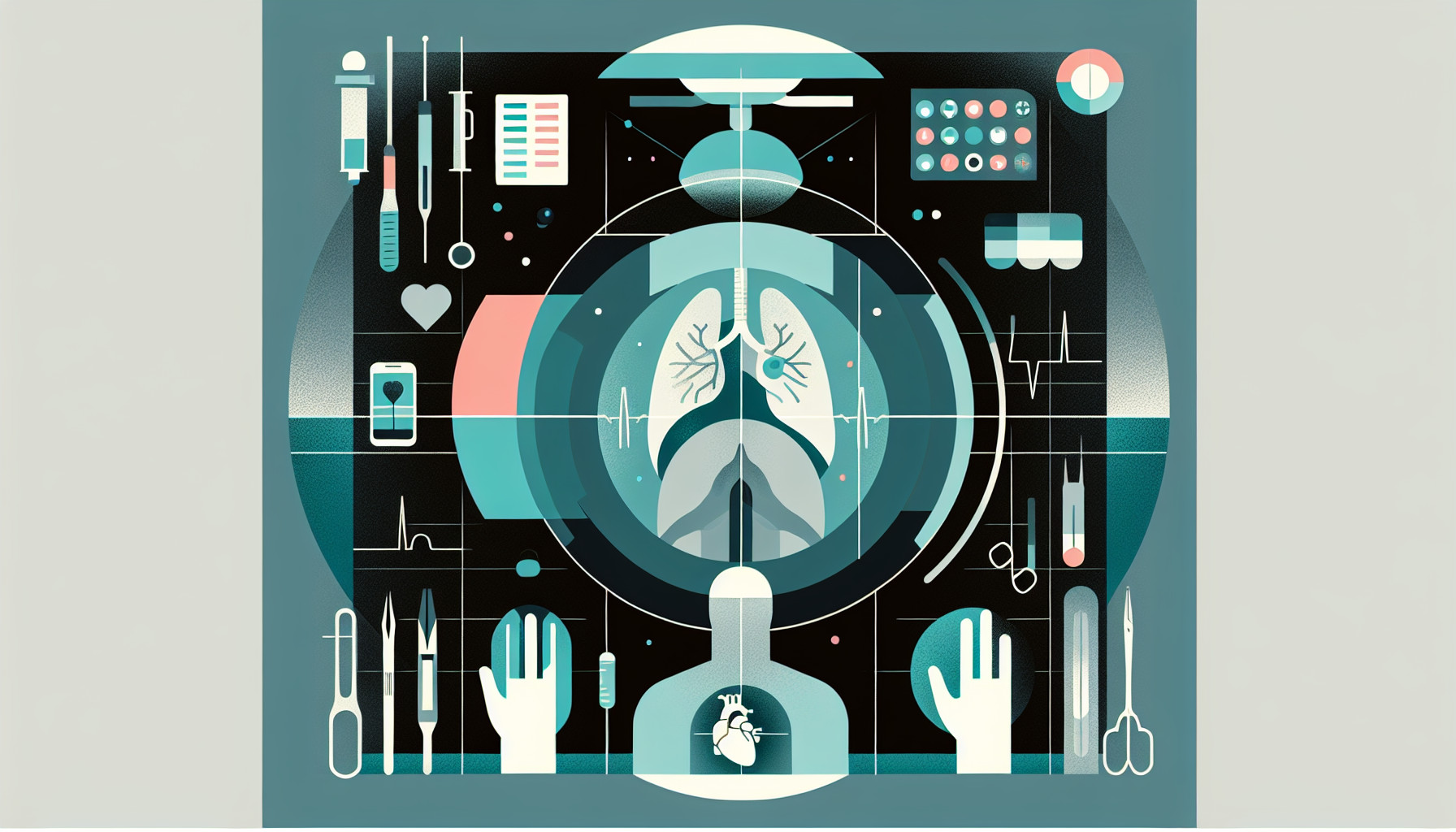Our Summary
This study looked at the positioning of the nipple after a specific type of breast surgery between 2002 and 2010. The surgery is called a nipple-sparing mastectomy and involves removing breast tissue while keeping the nipple intact, followed by the insertion of a breast implant.
The researchers studied how the nipple’s position changed over time, using measurements before and after the operation. They also looked at how the size and ‘droopiness’ of the breast affected the nipple’s position.
They found that the nipple’s position after surgery was related to both the amount of tissue removed and its original location on the breast. In particular, the more tissue that was removed, the more the nipple tended to move upwards.
The study suggests that when this type of surgery is done on larger or droopy breasts, additional procedures might be needed to adjust the nipple’s position.
FAQs
- What is a nipple-sparing mastectomy?
- How does the nipple’s position change after a nipple-sparing mastectomy?
- Might additional procedures be needed to adjust the nipple’s position after a nipple-sparing mastectomy on larger or droopy breasts?
Doctor’s Tip
A helpful tip a doctor might give a patient about nipple reconstruction is to discuss with their surgeon the potential need for additional procedures to adjust the nipple’s position, especially if they have larger or droopy breasts. This can help ensure the best aesthetic outcome and desired nipple placement after surgery.
Suitable For
Patients who have undergone a nipple-sparing mastectomy and have larger or droopy breasts may be recommended for nipple reconstruction to adjust the position of the nipple. Additionally, patients who are dissatisfied with the appearance of their nipple after surgery may also be candidates for nipple reconstruction.
Timeline
Before nipple reconstruction:
- Patient undergoes a mastectomy, either a traditional mastectomy or a nipple-sparing mastectomy.
- The patient heals from the mastectomy surgery, which can take several weeks.
- The patient may choose to undergo breast reconstruction surgery, which can be done using a variety of techniques such as implants or tissue flap procedures.
- Once the breast reconstruction is complete, the patient may opt for nipple reconstruction.
After nipple reconstruction:
- The patient undergoes nipple reconstruction surgery, which can involve various techniques such as tattooing, skin grafts, or tissue flaps.
- The patient may experience some pain, swelling, and bruising after the surgery, which typically resolves within a few weeks.
- The nipple gradually heals and the final results become more apparent over time.
- The patient may need to follow up with their surgeon for any necessary adjustments or touch-ups to achieve the desired outcome.
- The patient can finally have a more complete and natural-looking breast appearance after nipple reconstruction.
What to Ask Your Doctor
- What are the risks and potential complications of nipple reconstruction surgery?
- How long will the recovery process be and what can I expect in terms of pain and discomfort?
- Will I need additional procedures to adjust the position of the nipple after surgery, especially if I have larger or droopy breasts?
- Can you show me before and after photos of patients who have undergone nipple reconstruction surgery?
- What type of anesthesia will be used during the procedure?
- How soon after the initial breast surgery can I undergo nipple reconstruction?
- Will I need to wear any special garments or bandages after the surgery?
- How will the sensation in my nipple be affected by the reconstruction?
- Will the appearance of the reconstructed nipple change over time?
- What are the long-term results and satisfaction rates of patients who have undergone nipple reconstruction surgery?
Reference
Authors: Mori H, Uemura N, Okazaki M, Nakagawa T, Sato T. Journal: Breast Cancer. 2016 Sep;23(5):740-4. doi: 10.1007/s12282-015-0633-8. Epub 2015 Aug 7. PMID: 26249103
